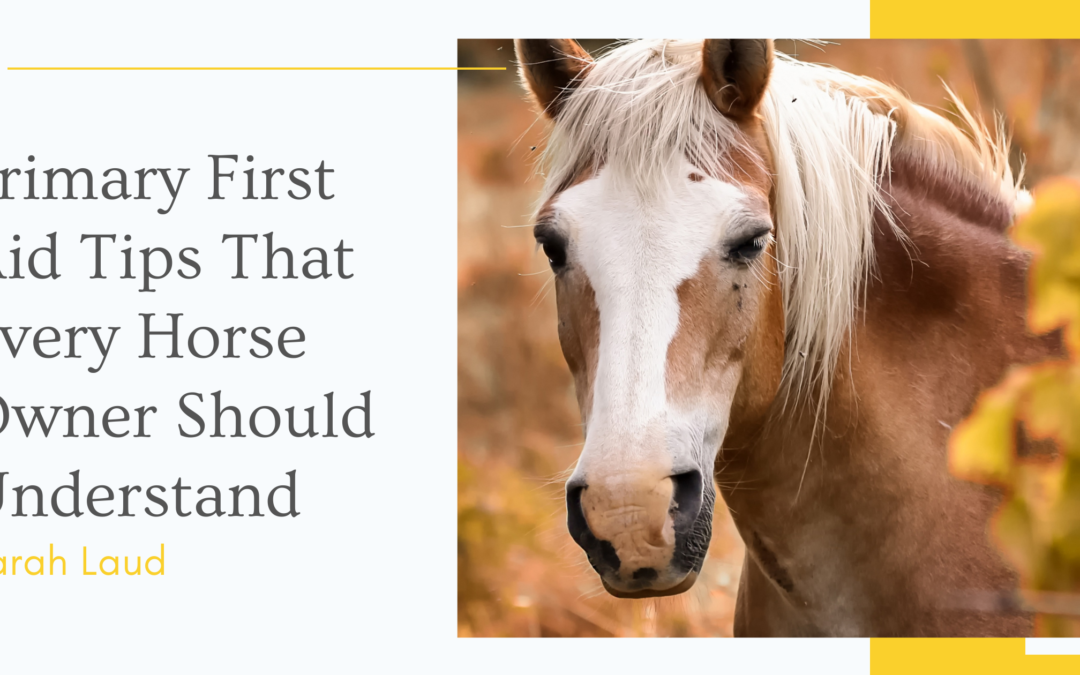Among the most disturbing situations is when a horse gets injured and the owner does not understand what to do as they wait for a veterinarian. Having primary first aid skills is critical, as the owner knows how to handle the situation before the specialist arrives. The immediate tender care given to an injured horse relieves pain and prevents further adversities.
Horses may suffer several injuries causing swollen eyes, bleeding wounds, broken or fractured bones, to mention a few. The conditions may render the horse immobile, requiring immediate care. Some situations may be dire, making the horse hostile, which jeopardizes the safety of those around. Here are facts to understand when handling an injured horse.
What is an Ideal First Aid Kit?
Every horse owner needs a first aid kit secured in an easy-to-access location. Cleanliness of the surroundings and the equipment found in the box is essential to prevent infections. Labeling the first aid box eases identification during an emergency. The kit must also contain the veterinary’s contacts to allow quick communication when an injury occurs. Carrying the first aid box when going for shows or traveling with the horse is a safety precaution that every keeper should consider. It is wise to pack a separate kit for human use.
How to Administer First Aid to an Injured Horse
First aid involves instant actions that the horse owner needs to take when an injury occurs. The objective is to prevent the situation from getting worse before the veterinarian arrives. Leading the horse to a safe place is one of the first actions. Inspect the condition to pass accurate details to the specialist.
The keeper should act based on the instruction given by the surgeon upon contacting them. Figuring out what led to the injury is a way to prevent reoccurrence. One should not try any first aid action if in doubt. Instead, enquire from the vet to understand what to do.
Treatment Approaches
The veterinarian does not have to appear physically every time the horse gets injuries. The owner can treat injuries following instructions from the surgeon through the phone. Not all conditions warrant a specialist’s attention. However, the keeper must act promptly to prevent excessive bleeding, swelling, and inflammation. Activities include controlling bleeding, cleaning wounds, and nursing the injuries to accelerate recovery.
A horse is like any other animal that gets injured under various circumstances. The horse owner can prevent severe injuries by creating a safe environment for the animals to graze.

